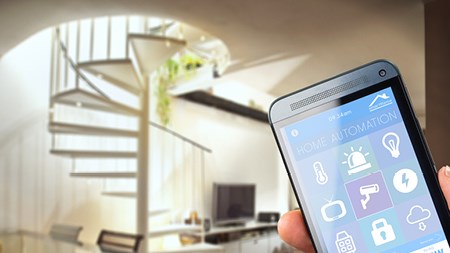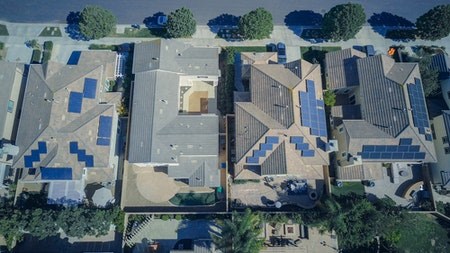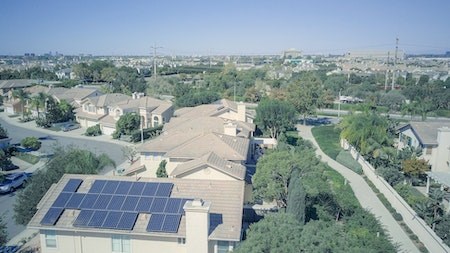Amazing advances in technology are making it possible for you to connect to and remotely manage the appliances in your home.
The earliest form of home automation arguably began as far back as the turn of the 20th century when electric and gas powered home appliances were first introduced to the mass market. According to Wikipedia, the first ‘true’ general purpose home automation system, the ‘X10’, was developed in 1975. Home automation systems have since advanced in leaps and bounds. Today, their usage is widespread. And they’re getting ‘smarter.’
For instance, Google’s latest product – Google Home – is set to raise the home automation bar once again. Google Home (set to be released later this year) will take the form of a wireless, all-purpose appliance hub and speaker capable of linking just about everything in the home.
Via Google Home, you will be able to stream audio and video and link up all of your smart appliances. In so doing, you will be able to turn on heaters, open curtains, turn the lights on or off, change dinner reservations and perform myriad other functions besides. And all at the push of a button. Heck, with Google Home, it looks like you’ll even be able to feed the dog remotely if the need arises.
Smart kitchens
The advances aren’t just restricted to general home automation or enhanced device linkages. Things are also getting smarter in specific areas of the home such as the kitchen. In recent times a variety of ‘smart’ connected appliances have been introduced to kitchens. Samsung has already introduced a fridge which tells you what’s inside while simultaneously connecting family members’ calendars and playing your favourite song. Now there’s ‘Innit.’
Innit is a Silicon Valley based technology company which recently announced the introduction of its new cloud-based ‘Connected Food Platform’ technology for kitchen appliances. All of the appliances linked to Innit will boast cameras and sensors which can be linked to a smartphone app. In essence, you will have a live feed to your kitchen appliances.
Suffice to say the technology is really quite nifty. For instance, in addition to showing you what’s in your fridge, Innit will tell you what you can make with the existing ingredients by pulling data from prominent recipe websites. Missing an ingredient to complete a recipe? No problem. Innit will order an item for you if you like.
Then there’s the oven. If you’re one of those people who is never quite sure if you’re cooking your food correctly, you won’t have to worry anymore with Innit. An Innit oven will adjust the cooking time taking into consideration the food’s weight, type, oven model and altitude which theoretically should result in a perfectly cooked meal every time.
Connecting the world
More broadly, cities are becoming better automated and connected too. In South Korea, Samsung and SK Telecom recently announced plans to connect all smart devices via a Low Power Wide Area Network or LoRaWAN network.
The network will, according to reports, be the world’s first of its kind for commercial use. According to the ‘LoRa Alliance’ LoRaWAN networks are “designed to support low cost, mobile, secure, bi-directional communication for the Internet of Things (IoT), machine-to-machine (M2M), smart city and industrial applications.” Such networks are optimised for low power consumption and can support large networks with millions of devices.
LoRaWAN will initially be rolled out in the city of Daegu. The initiative was described by Samsung as follows: “Daegu will serve as a test bed for the IoT network and focus on setting up and adopting infrastructure for renewable energy solutions, cloud platforms and big data analytics of healthcare and medical services as well as electric vehicle infrastructure for autonomous cars. For example, streetlights in the city will collect weather and traffic information using IoT sensors, enabling cost savings by automatically adjusting the lighting level and also sending air pollution status information.”
It would appear as if the homes and cities of the future are well on their way to becoming a reality. If nothing else it will certainly be an interesting, super- connected reality.




